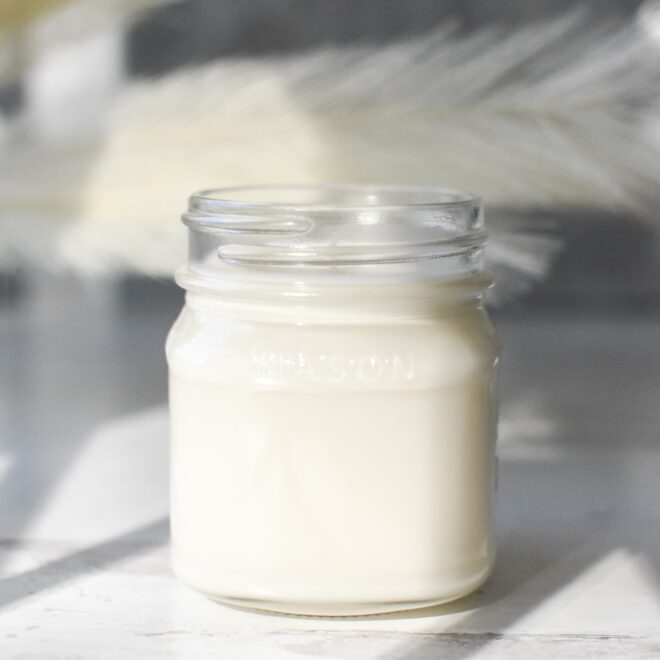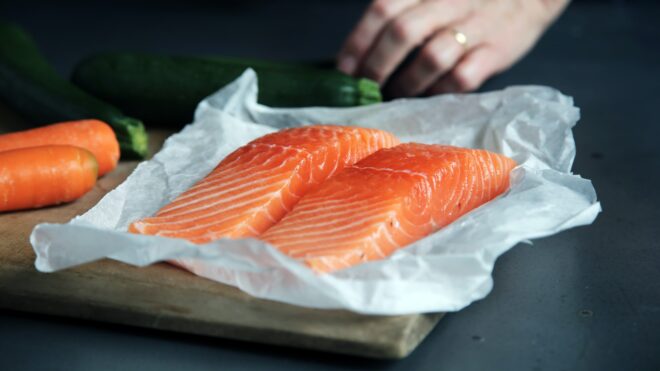When those days come, it's typical to have crazy cravings for certain foods. At the same time, the frustration and guilt you feel when you satisfy that craving and break your run-of-the-mill eating regimen.
For premenstrual syndrome is a characteristic cyclical occurrence of certain symptoms that occur in the second half of the menstrual cycle, i.e. between ovulation and the beginning of menstrual bleeding, and are severe enough to affect the quality of life. They usually disappear 1-2 days after the start of menstruation. It is estimated that as many as 75% of all menstruating women suffer from this syndrome.
Let's see how you can satisfy your food cravings and balance your emotions by eating food that won't cause you frustration and guilt.
When you are sad
We react to grief in two ways, either we lose our appetite and we forget to eat, or we appetite increases and we eat to comfort ourselves! Food is then literally the only pleasure we can feel during the period of grief. Our body is lacking serotonin, and sweets increase it the fastest. Instead of eating all the chocolate yourself, eat fruit or almonds, which contain protein and healthy fats that will keep you full for longer.
Nutritionists advise adding a little more starchy carbohydrates to your diet instead of sugar during PMS. Eating, say, roast chicken with grilled potatoes and vegetables and brown rice will fill you up and reduce your sweet tooth.

In the days just before menstruation, painful cramps in the lower abdomen, malaise and skin problems appear. This is also the part of the month when there is the greatest chance that promises to stick to a diet will be a thing of the past. At that time, they would prefer to curl up on the sofa and eat a kilo of chocolate. But there is a healthy way for a woman to follow the hormonal changes in her body.
Food
While researching the causes and looking for quick and effective help to alleviate the problems, experts who compared the diet of women suffering from PMS and those who had never heard of it, made some interesting discoveries. Women with PMS consumed 62 percent more refined carbohydrates, 75 percent more sugar, 79 percent more dairy products, 78 percent more salt, and absorbed 57 percent less iron, 77 percent less manganese, and 52 percent less zinc.
With a well-chosen menu, it is possible to significantly alleviate the symptoms, because with the right choice of food, we weaken estrogen and strengthen progesterone action.
Small meals and vegetable fiber
The preference is given to small meals that enter the blood slowly and do not cause sugar to fall below the desired value nor the release of adrenaline, which ensures the advantage of estrogen and hinders the use of progesterone. Carbohydrates with a low glycemic index are the best choice. Remember that the value of the glycemic index of a meal changes depending on the way the food is prepared, as well as with the simultaneous consumption of fats and vegetable fibers.

The advantage of vegetable fiber is that it inhibits gastric emptying; the absorption of glucose from the intestine also slows down. In addition, vegetable fibers reduce the intestinal absorption of estrogen and thus contribute to the re-establishment of hormonal balance. But not all fiber-rich foods have the same effect. Legumes, white beans, wheat germ, rye bread and oatmeal are preferred for PMS, which also break down slowly (have a low glycemic index).
What to exclude?
Refined foods with a high glycemic index, such as biscuits, cookies and other sweets, white sugar, bread and pastries made from white flour, should be completely eliminated from the diet, as they increase hormonal disturbances at all levels. These foods cause a rapid release of insulin, causing blood glucose levels to drop sharply below normal levels.
Cravings for sweets, especially chocolate, are common in many women with PMS. These are hypoglycemic crises that can be prevented by choosing the right carbohydrates and eating more small meals.
Vitamin B
Another possible reason for estrogen dominance is a lack of vitamins B6 and B12, which are necessary in the metabolic process, especially in the breakdown of estrogen. The reduced intake of these vitamins and their increased consumption during greater physical and mental exertion and stress can also be counted among the reasons for the dominance of estrogen.

Insufficient breakdown of estrogen can also be the result of a lack of vitamins C, E and selenium, which together with group B vitamins participate in the breakdown of estrogen in the liver. Therefore, unpleasant premenstrual symptoms are best treated with food rich in vitamins C, E and B6.
As little dairy as possible
It is very beneficial to reduce or completely eliminate dairy products, especially ice cream, fresh cheese and yogurt. The exact cause of the harmful effects of dairy products on the development of PMS and other estrogen-related diseases is unknown, but it is suspected that the metabolism of female sex hormones could be disrupted by the hormones used in cattle breeding, as well as antibiotics and pesticides in the cows' diet.
In favor of this thesis is the observation that organically produced milk does not have a harmful effect on uterine tissue and breasts. The ideal substitute for milk and dairy products is soy milk, which also applies to soy products. Soy contains an abundance of plant fibers and phytoestrogen and is a rich source of minerals.

Fats or oils, which serve as sources of essential fatty acids that are components of cell membranes, must also have their place in the menu. This particularly applies to omega 3 fatty acids from fish and fish oil. Meat and eggs should be limited to no more than two meals per week.
Pork and beans
This combination may seem a little funny at first, but if you combine the two foods into a stew, you get a great fall or winter lunch that will even alleviate your PMS. Both pork and beans are rich in thiamin (also called vitamin B1) and riboflavin, which research shows are key in preventing PMS symptoms.
Spinach
Spinach is a rich source of vitamin A, which is great for those who suffer from pimples in the pre-menstrual period. Vitamin A helps in the fight against pimples, dry skin and UV rays. But since spinach also contains a lot of calcium, it will also help in the fight against headaches, cramps, bad mood and the desire for junk food and overeating.
Salmon
Salmon is rich in many components that participate in processes that have a key influence on the development of PMS symptoms. Namely, it raises energy and accelerates the functioning of the brain. All this thanks to omega-3 fatty acids, which are its trademark. In addition, salmon is also rich in B vitamins and vitamin D, which help reduce tension and stress.

Dark chocolate
Dark chocolate (those with at least 60% cocoa content) mostly consists of cocoa, which is one of the richest sources of antioxidants. These accelerate blood circulation and lower blood pressure. In addition, dark chocolate also contains magnesium, which is excellent for overcoming fatigue and irritability.
Bananas
Cramps, which usually accompany the first days of menstruation, for some women begin two days before it. At that time, research shows, it is recommended to eat a little more bananas, which we know are rich in potassium. Potassium is also one of those minerals that participate in the processes with which our body fights against painful spasms.






